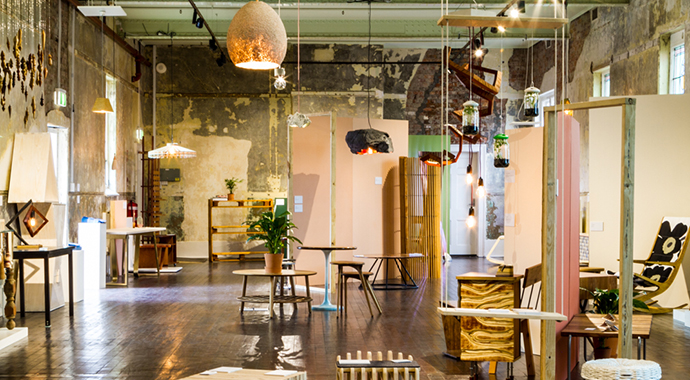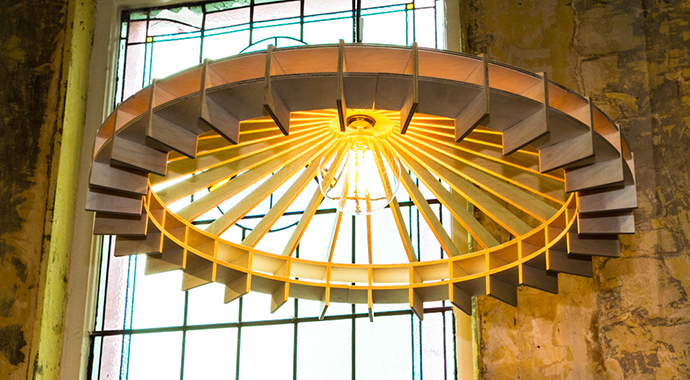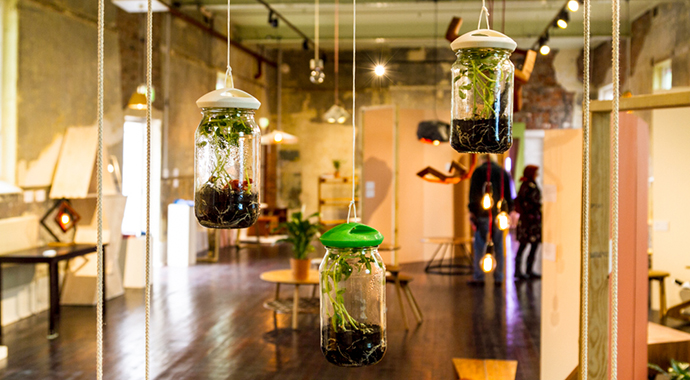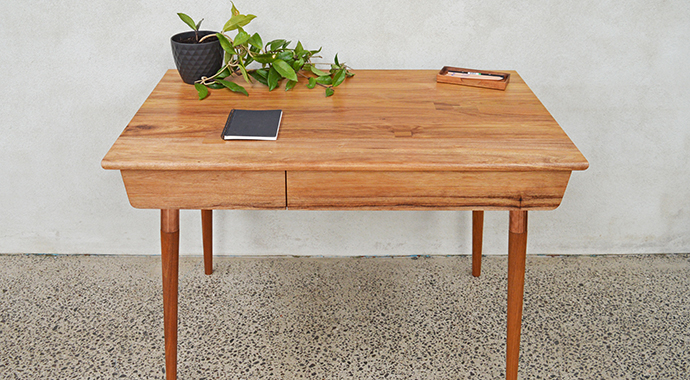Thirty years of Fringe Furniture
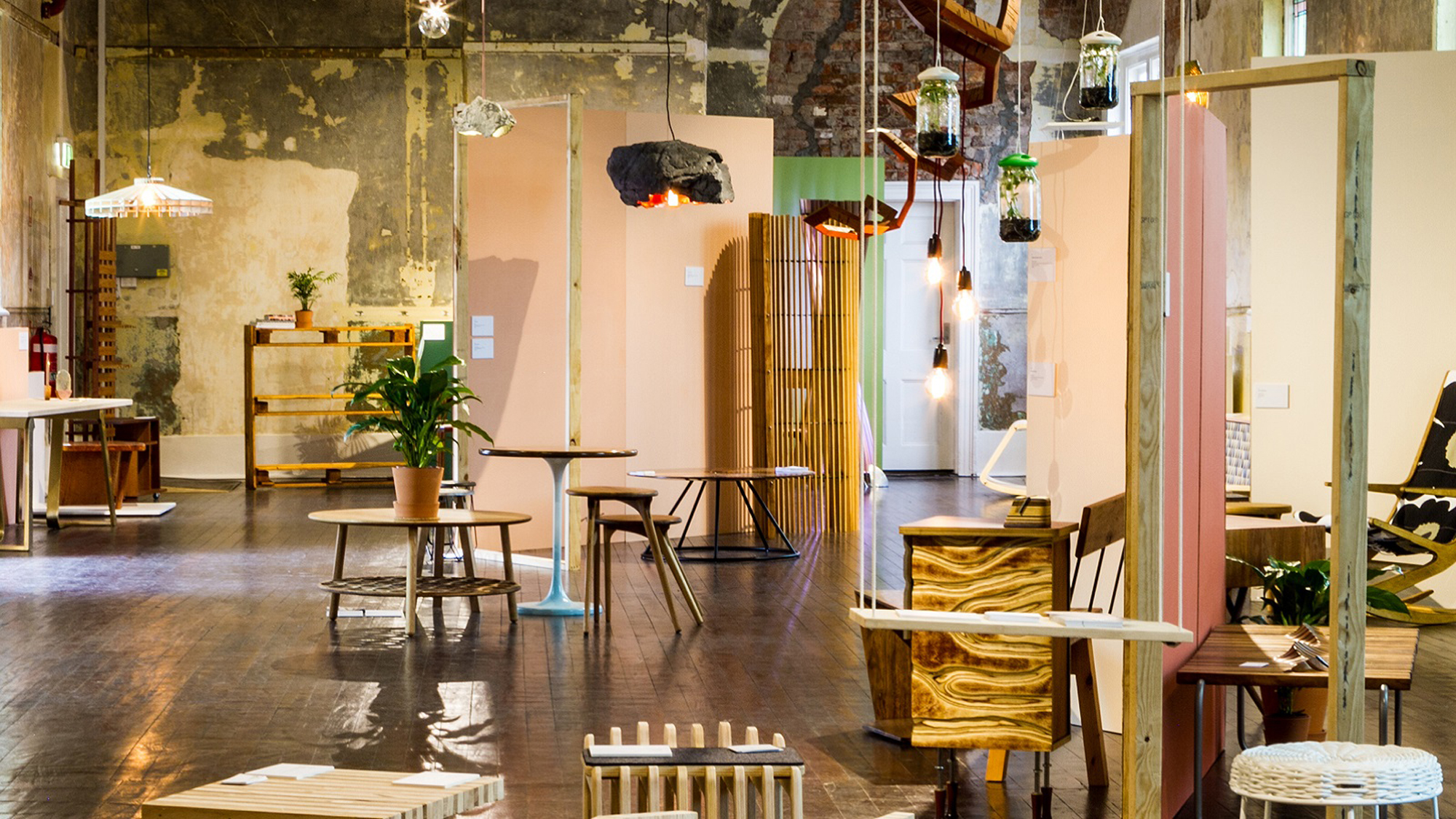
In 1986, Melbourne artist and designer Bruce Filley was working in his shed listening to community radio station Triple R when the announcers began talking about the Melbourne Fringe Festival. At the time, the four-year-old Melbourne Fringe – now Victoria’s longest-running multi-arts festival – had already established its enduring reputation as a platform for raising up emerging artists across theatre, music, comedy, performance art and film, and for creating awareness around the valuable contribution of non-mainstream arts to a flourishing city. Excited by the concept, Filley wondered if the format could apply to the world of furniture design, and after an impromptu visit to the Melbourne Fringe offices (then located on Brunswick Street, Fitzroy) he soon found himself heading up the inaugural Fringe Furniture exhibition, under the Melbourne Fringe umbrella.
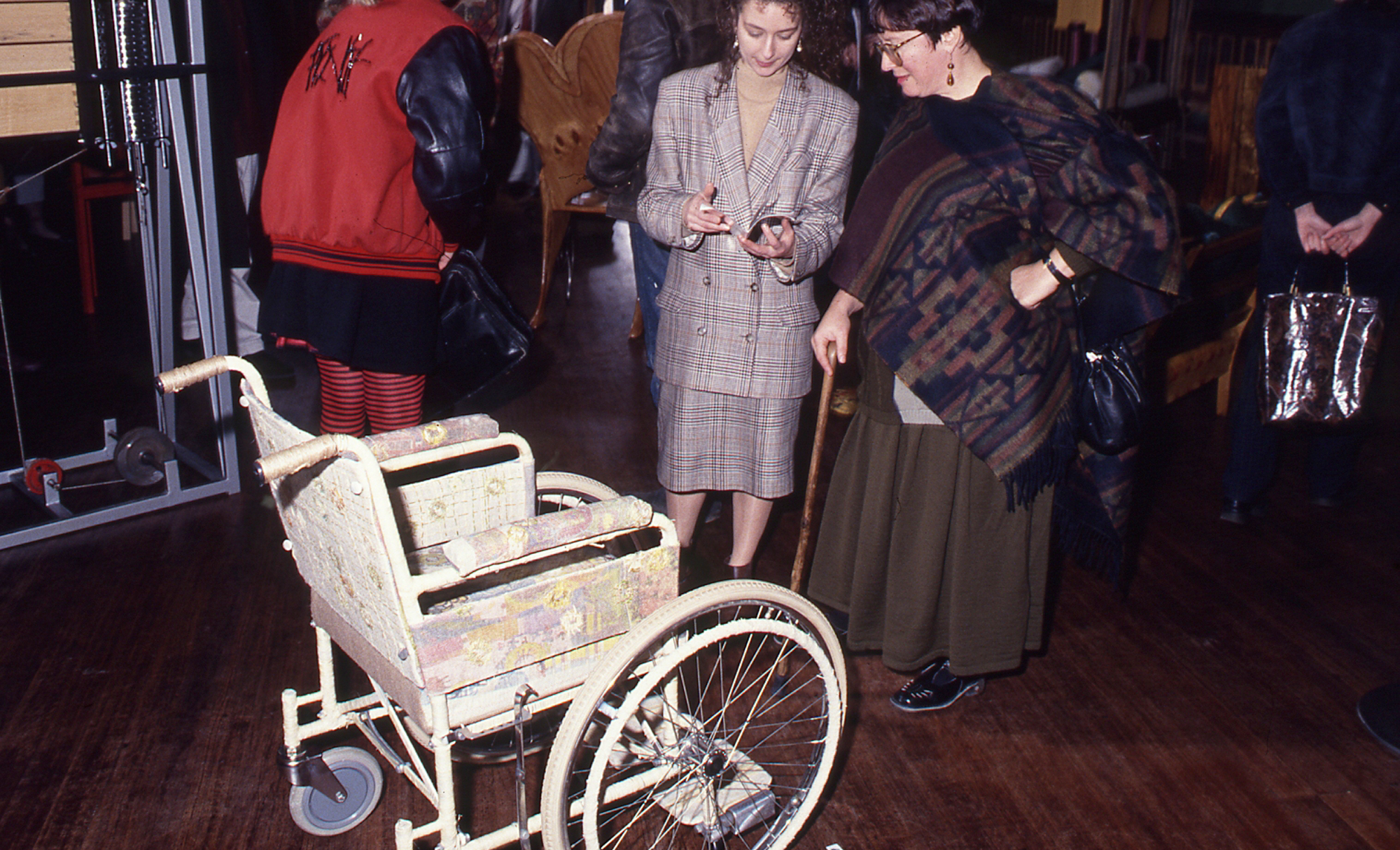
“At the time there was so little opportunity for furniture design as an art form, or even for furniture design as a serious occupation in Australia, which I think is why Fringe Furniture just worked,” says Filley, who says he was blown away when hundreds of people showed up to the inaugural exhibition in 1986. Thirty years on, Fringe Furniture has earned its own reputation not only as the longest-running Melbourne Fringe event, but as a breeding ground for some of Australia’s most well-known designers working across furniture, lighting, homewares, sculpture and more. Outdoor furniture purveyors Tait, now an award partner of the festival, were early exhibitors in the 1990s; likewise, 2016 award partner ISM Objects found success in the 1992 exhibition with their Fab Lamp (which they’ll be reviving for the 30th anniversary exhibition); Kate Stokes of Coco Flip found success with her ever-popular Coco Pendant after taking home three 2010 Fringe Furniture awards; Daniel Barbera picked up a Best Lighting Award in 2004 – the list goes on.
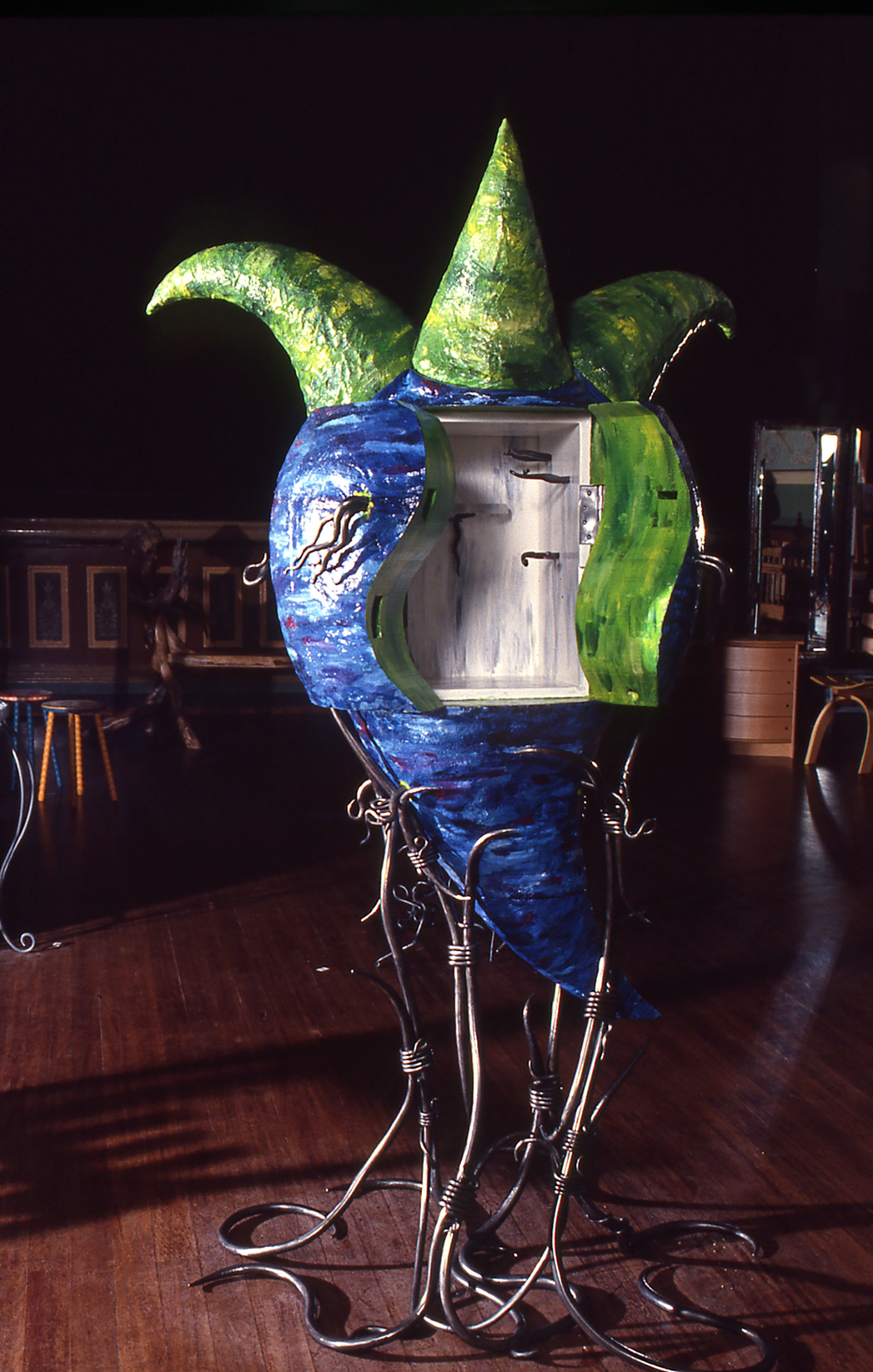
“While established designers do take part to a degree, Fringe Furniture started as a way to give opportunities to young designers who are having their first, second or third go,” says Filley, reflecting on the event’s evolution over the years on the cusp of its 30th birthday. “Those early years were such an exciting celebration, and though we had the support of Fringe, there was no money involved or anything – it was very much a labour of love.”
Though the theme changes each year, there are a few things that have remained constant. Fringe Furniture has always been an open-access exhibition, allowing students and emerging artists to showcase their work alongside more established designers, and it also consistently urges participants to consider the value of experimentation in their designs. “I think Fringe Furniture is about telling people to loosen up, have some fun, and to explore,” says Filley. “If people want to exhibit a piece that’s designed for production, then that’s fantastic – but we don’t want anyone to feel limited by that. To me at least, it’s about a joyous process that is liberating, fun, and is more about art than furniture.”
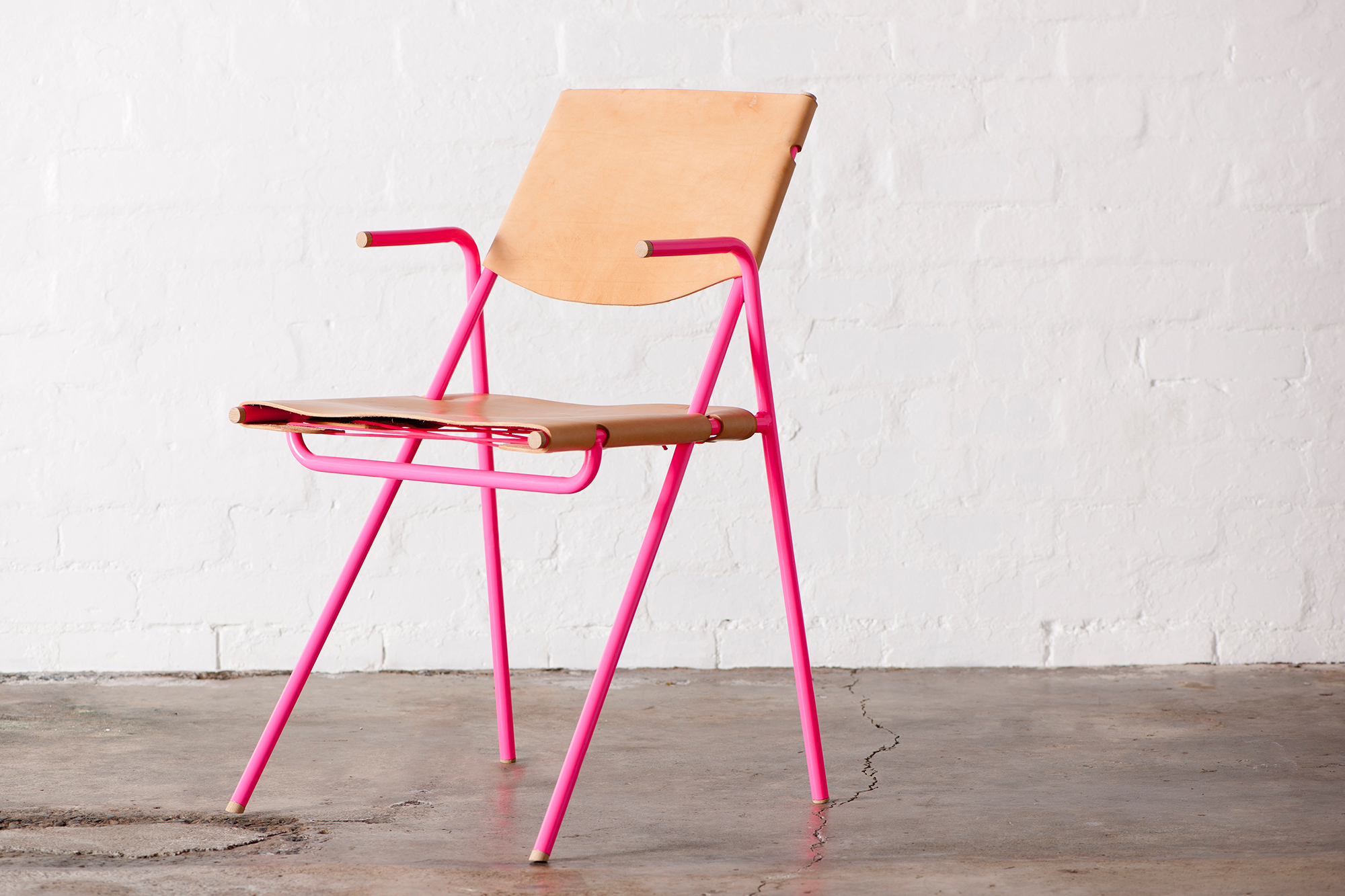
To celebrate its 30th anniversary, ‘Fringe Furniture 30: Redesign’ invited participants to look back to the early days of the event and to use the history of the object as a basis from which to form new and experimental visions of the future of design. “This year’s theme looks at the history of Fringe Furniture as an experimental and sculptural-based exhibition,” says Vanessa Wright, associate producer of the event since 2015. “We want people to interpret the idea of ‘redesigning’ however they see fit – and the more experimental the better.”
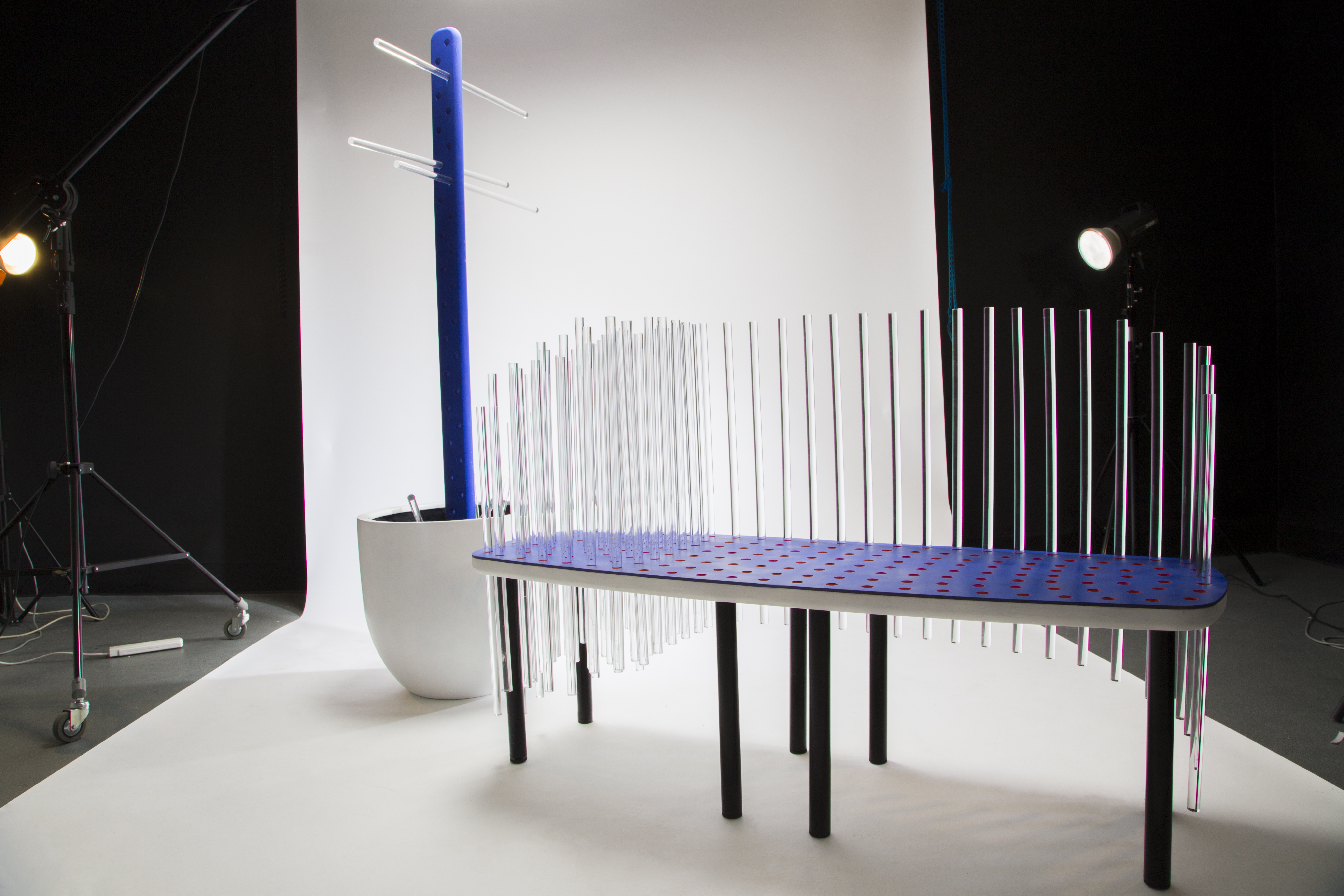
This year’s exhibition will also comprise a small exhibition of objects from the history of Fringe Furniture, with some having won awards in previous years (like ISM’s Fab Lamp) as well as old catalogues, photographs, and other bits and pieces from the archives. “This is just a small part of the exhibition though – our main focus is still the designers who are exhibiting this year,” says Wright. “It’s also in no way a complete history or archive – it’s actually more like an archive-in-process, which we really want people to contribute to.” The event, running from Thursday 15 September until Sunday 2 October at the Abbotsford Convent, will also see a number of artist-led tours take place, as well as ‘tactile tours’ for blind and vision-impaired attendees.
In the spirit of this year’s theme, Fringe Furniture has also commissioned a series of works from Melbourne artist Robbie Rowlands. One of the works, entitled Reaching Out, sees a wardrobe reconfigured into a sculptural object, in a continuation of Rowlands’s ongoing exploration into the renegotiation of space through the manipulation of small-scale objects right through to entire rooms or houses. “Robbie is a contemporary artist who does a lot of installation work – he’s by no means a furniture maker or designer – but his work engages with design and is about design coming undone,” says Wright.
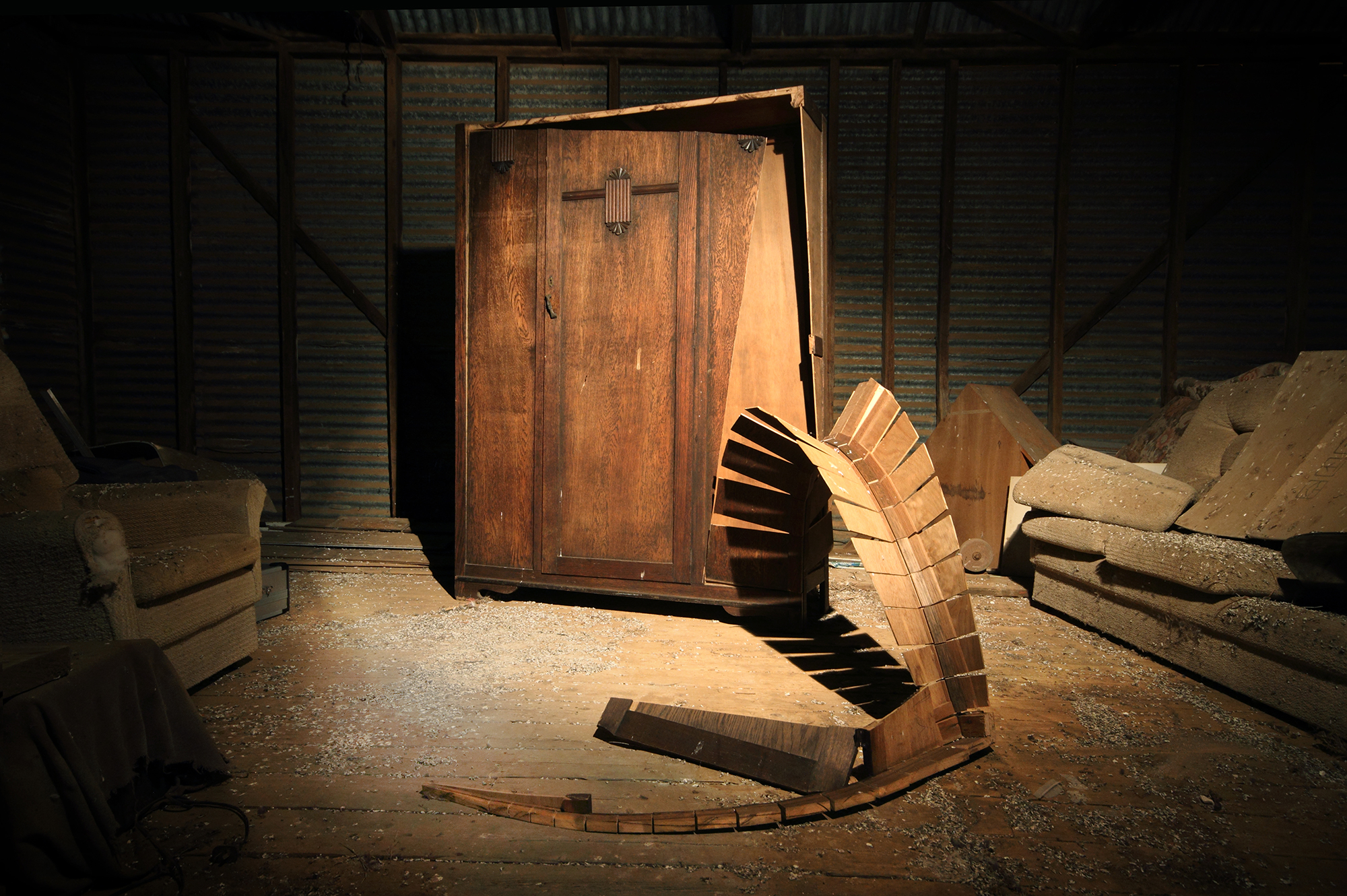
“I think this work helps us to look towards the future of Fringe Furniture – we want to start thinking about the new directions we can take. It’s been going for 30 years now, but will we still be going in 30 years’ time? And what will Fringe Furniture look like then? We want to start thinking about the ways we can push the boundaries more and more every year. That’s what Fringe Furniture is all about.”
‘Fringe Furniture 30: Redesign’ runs from Thursday 15 September until Sunday 2 October at the Abbotsford Convent. It’s free to head along to, but for more info about the exhibition and the artist-led and tactile tours, head to melbournefringe.com.au/fringefurniture.
